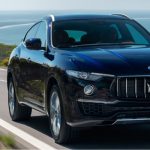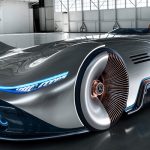What you need to know about Porsche’s specialty brakes
Motorsport technology often from the track to the road and more often than not, Porsche is the perfect model to bridge the gap between these two fields. But one piece of technology literally makes or breaks a model on or off the track. Brakes.
Porsche has been a pioneer of several varieties of braking systems but two pull out all the stops: The Porsche Ceramic Composite Brakes (PCCB) and the Porsche Surface Coated Brakes, (PSCB).
What are PCCBs?
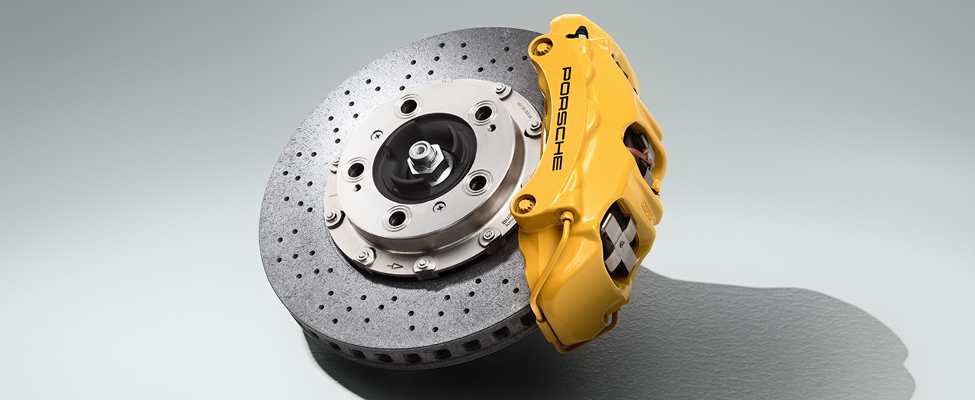
PCCBs are produced by shooting silicon resin through small grains of carbon fibre, then moulded into brake discs with holes added radially to create cooling vents. Intense pressure is added to the mould as it is heated up to 1,700 degrees Celsius and then cooled. The whole process takes approximately twenty days before the material reaches its final form: silicon carbide. The raw disc is then covered with an additional ceramic layer and painted to protect from corrosion.
Silicon carbide was first used in brakes in the 1970s because of is incredibly hard, crystalline structure. In 2001, the Porsche 911 GT2 became the first production vehicle to adopt these high-power brakes.
The diamond-like core coupled with the ceramic coating improves the friction coefficient and makes them virtually immune to corrosion. Even in cold climates where salted roads can pose huge risks to iron components, PCCBs can last the vehicles entire lifetime.
Don’t stop me now.
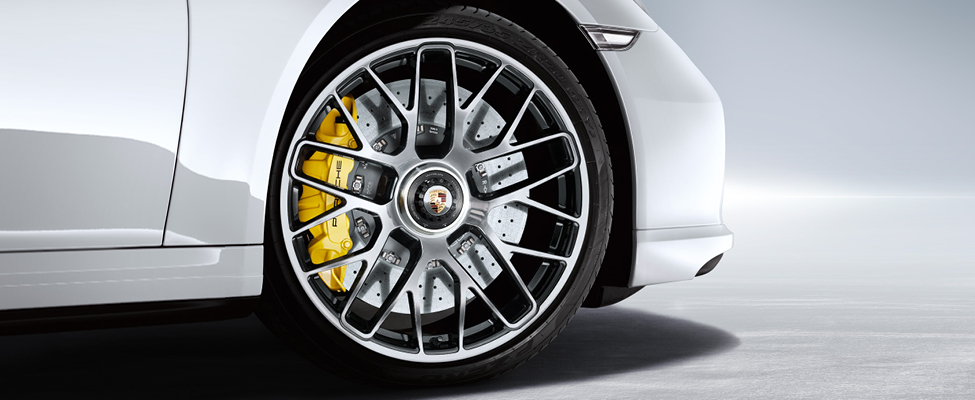
PCCB’s are 50% lighter than their conventional iron counterpart, which results in better road-handling, greater agility and increased comfort. With their lightweight, hard-wearing design and sporty reputation, PCCBs are an attractive perk for the discerning driver. Although because of the complex production process, the price tag makes them impractical for the typical Porsche enthusiast. That’s why Porsche developed the Porsche Surface Coated Brakes, (PSCB).
What are PSCBs?
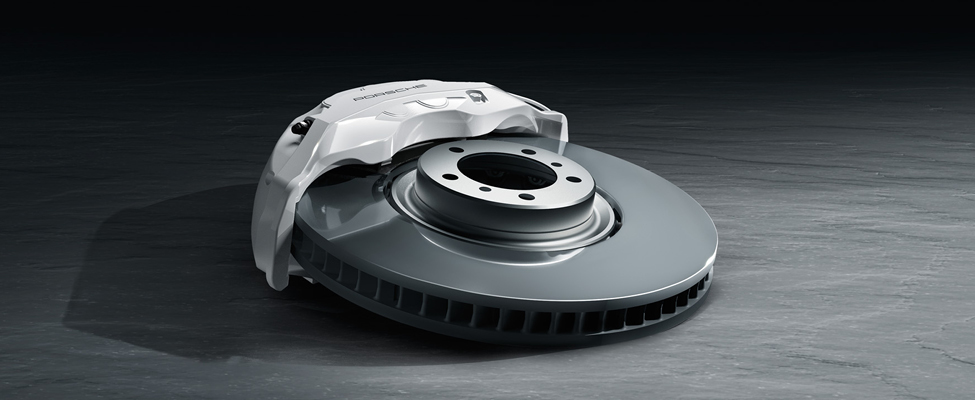
PSCBs are a hybrid technology that marries the high-performance functionality of Porsche Ceramic Composite Brakes with the conventional grey-iron brakes. The result: a brake accessible to the average consumer that offers formidable braking power with much less wear.
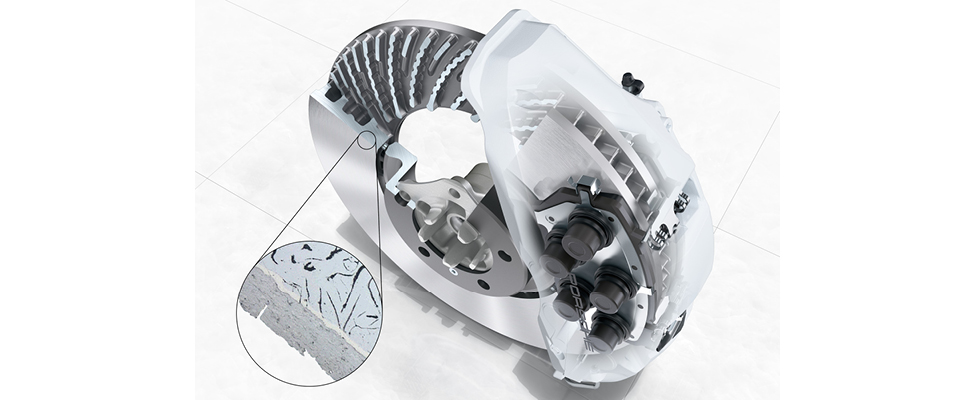
The layer of tungsten carbide is about 100 micrometres thick but gives PSCBs distinct advantages over iron brakes.
Costing about a third as much as the PCCBs, PSCBs are built by laser processing a galvanised grey-iron disc before shooting the disc with tungsten carbide particles at supersonic speeds. With the special coating applied, the brake rotors are 10% harder, last 30% longer, and produce 90% less brake dust. The PSCB’s immaculate white brake pad highlights the absence of brake dust.
Isn’t It Iron-ic
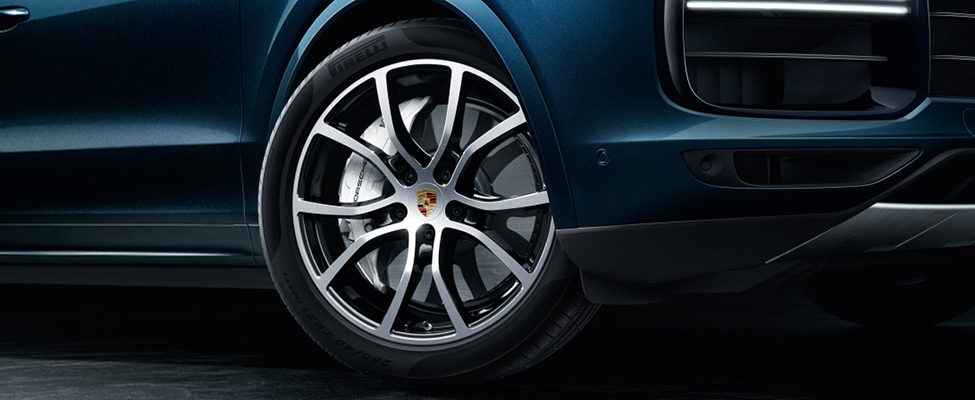
The 2019 Porsche Cayenne Turbo, standard with PSCBs comes to a full stop from 155 mph over six and a half feet sooner than standard iron brakes. After continued use, the corrosion-resistant coating takes on a mirror finish as the pads polish the tungsten carbide surface.
Porsche also executed brutal high-speed stops to measure brake fade versus iron rotors. The tests heated the rotors up to nearly 1,200 °F and found PSCBs experience half as much fade as iron brakes.
With a decades-long racing pedigree, race track technology feels at home in Porsche models. Visit Porsche Centre Saskatchewan today to find out how your Porsche can break free with these powerful braking systems.




